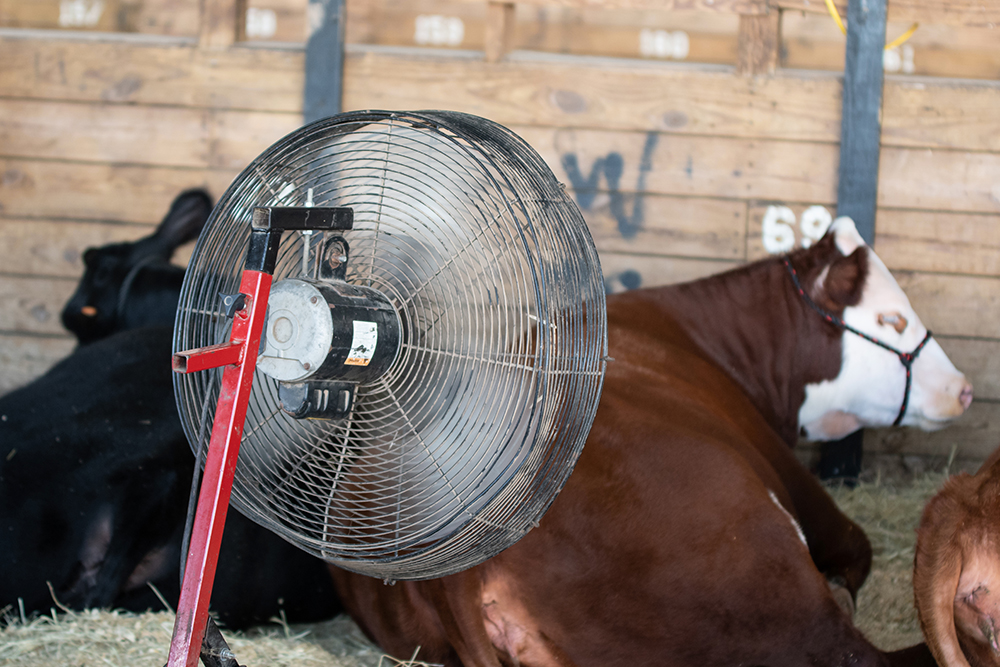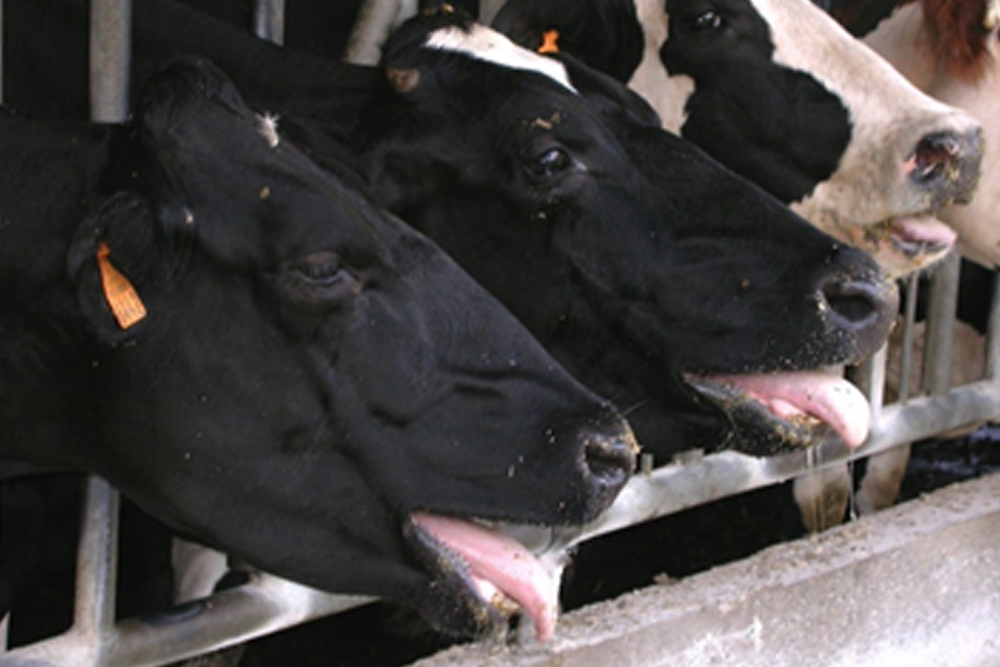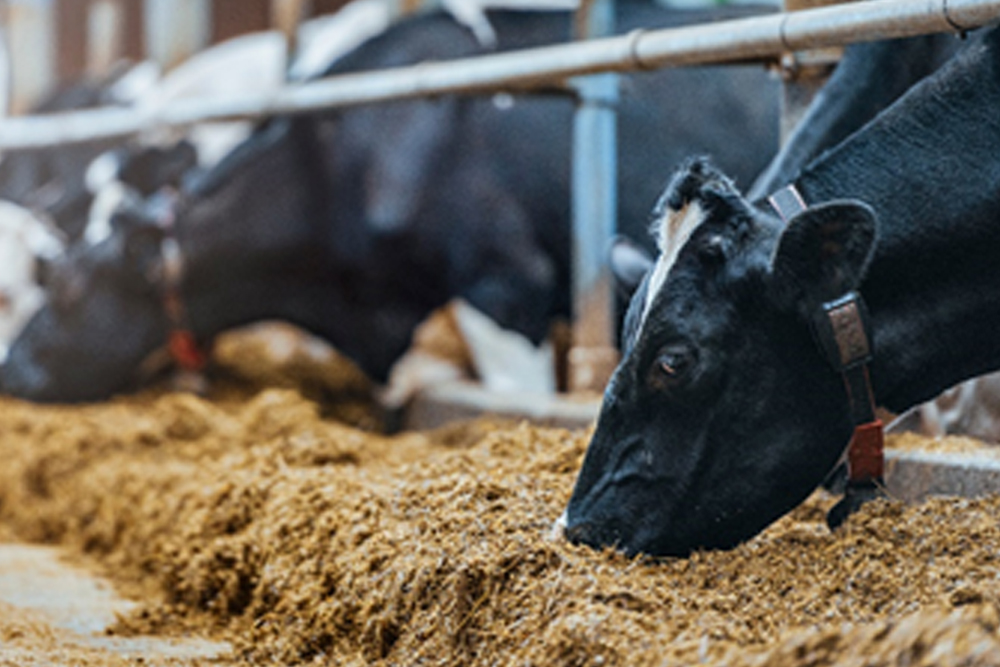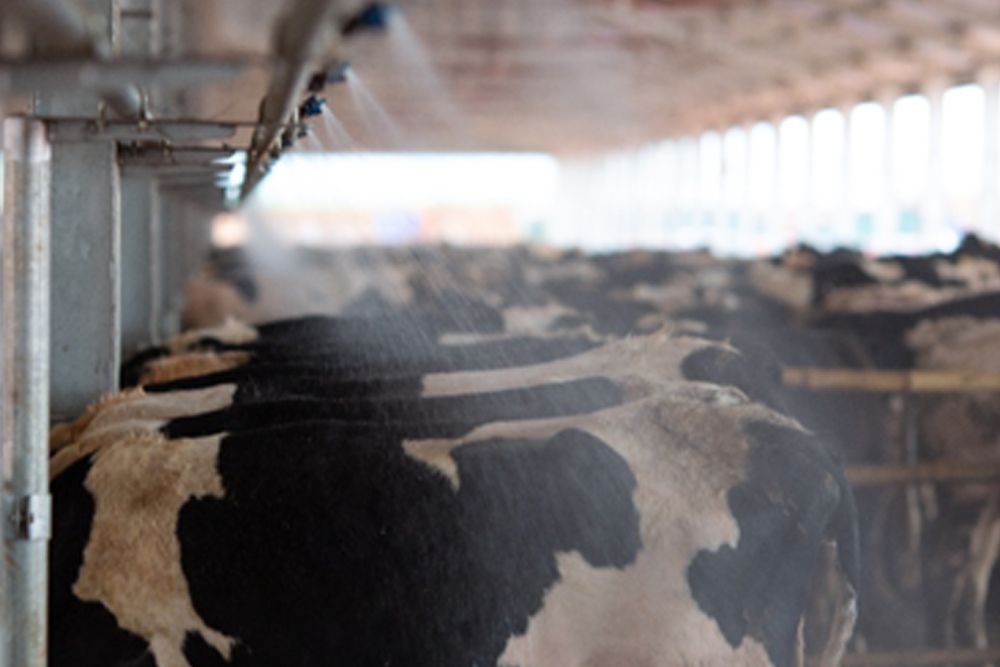MANAGING HEAT STRESS IN PREGNANT COWS

Heat stress leads to increased respiratory rate, body temperature, sweating, and nausea. Heat stress is an important issue because heat-fed dairy cows have reduced dry feed intake, milk production and pregnancy rates. Heat stress also leads to increased disability, increased morbidity, opening days and mortality rates. Heifer cows that are depressed due to heat have a shorter gestation period, low birth weight calves, reduced milk production and immune deficiency. Heifer calves from heat-fed cows produce less milk during the first 30 weeks of weaning after weaning.
How do you know if a cow is heat-stressed?
Breathing and body temperature, respiratory rate and body temperature are both good ways to assess how well cows are handling their heat production and the loss of warm weather.
Physical appearance, Cattle with low blood pressure may not show any clinical signs at all. Cows that are exposed to extreme heat usually breathe in with their mouths open and gasping for air. They are tired and may seem unsteady.
Respiratory levels, Respiratory rate is a recommended measure of heat stress because there is less sleep time compared to body temperature and milk production. Normal breathing rates for older dairy cows range from 40 to 60 breaths per minute (bpm).If more than 10% of cattle have a respiratory rate above 100 bpm, the condition is considered urgent, and immediate action should be taken

Body temperature, Body temperature gives a precise measure of the degree of heat stress of each cow. The average body temperature in an older cow is 101.5 to 102.5 degrees F. If more than 5-10% of cattle have a body temperature above 105 degrees F, the condition is considered urgent and immediate action should be taken.
Preventing heat stress
Many dairy farmers use different practices to help their herd manage their body temperature in warm, humid and sunny weather. Controlling the heat pressure in dry pregnant cows is as important as suckling cows because it determines the amount of production and success that the cow will have during lactation. It may also contribute to the future success of the daughters and grandchildren of the dry cow.
Keeping them in the diet will reduce the incidence or prevent metabolic problems after childbirth. During heating it is recommended to increase the number of times the feed is delivered to the bunk. By doing this a small feed is placed in the bunk at a time that helps reduce corruption and overheating of the feed.

In hot weather (90-95 degrees F during hot weather), a lactating cow producing 80-100 lbs of milk drinks 25-35 liters of water per day. The recommended space is two straight inches of water per cow. Consider increasing the area of water during hot weather. Drainage ditches should be at least 3 inches deep so that the cows can dip their mouths while drinking. Cattle use up to 50% of their daily drinking water after milking. Make sure the flow of water in the tank and the water capacity are sufficient to respond to the required large amounts at all times.
Reducing heat is important for dry cows in both buildings and pastures. In barns, make sure each dry cow has a shed or 100 square meters of sleeping park. It is very important to place fans above the feed area and free shops or sleeping bag to achieve a wind speed of at least 2½ mph, but ideally 4-6 mph. Immersion of dried cattle in a feeding area has been shown to help with heat stress and is economically beneficial.
Shade can help reduce sunburn and is always one of the first tips to help lactating cows and dry cows manage their heat in the heat.
Fine air conditioners and pole sheds are good options for providing shade. There are many shadow layout options available from real estate providers.
The inflow of air into the kraal cools the cattle by providing air exchange between inside and out. Ventilation can be by natural or mechanical means. When it is hot, provide as much air exchange as possible. Generally, this is between 60 and 90 degree air exchange per hour.
The milking parlor areas require special attention paid to air intake and cooling in warm weather to avoid heat stress. Cattle can be kept in the holding area for up to an hour. The dense kraal reduces the flow of air around the cow and can make it difficult for her to avoid heat stress.

- Shed cooling system / showers help cows to get rid of body heat.
- Sprinkles moisten a cow’s skin, and her body temperature is used to evaporate fluid from the skin.
- Misting systems cool air by evaporating water droplets using heat from the air.
- Both methods increase air humidity, but if the barn is well ventilated, the humidity levels should not be too high

